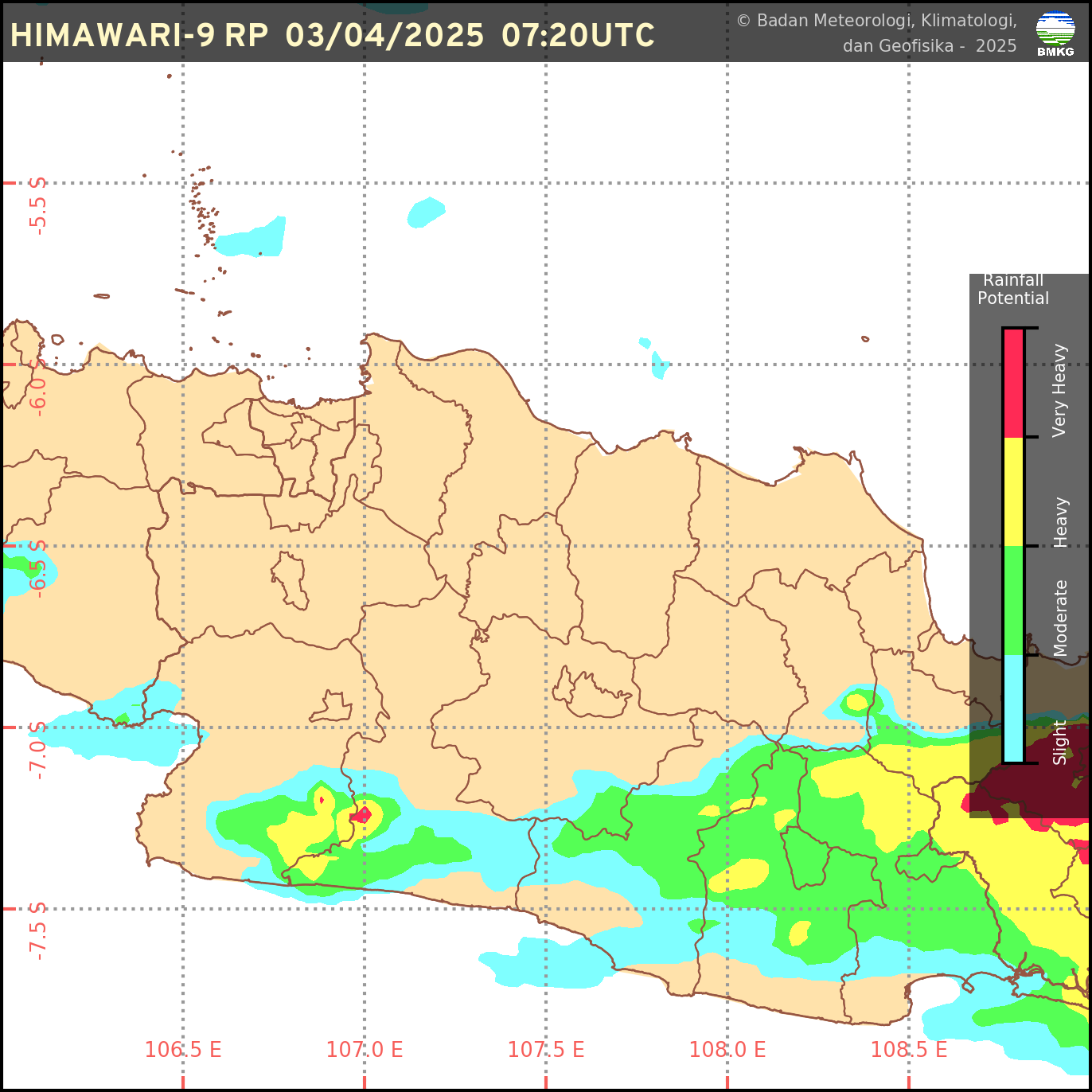Authors: MK Najib, S Nurdiati, A Sopaheluwakan.
Abstract: Forest fires have become a national issue yearly and elicited serious attention from the government and researchers in Indonesia. Copula-based joint distribution can construct a fire risk model to improve the early warning system of forest fires, especially in Kalimantan. This study models and analyzes the copula-based joint distribution between climate conditions and hotspots. Several climate conditions, such as total precipitation, dry spells, and El Nino–Southern Oscillation (ENSO), are used. The joint distributions are constructed using rotated a.k.a. reflected copula functions with reduced sample size according to ENSO conditions, and the copula regression model is employed to estimate the fire size. The marginal distribution is selected by inference of function for margin method using the Anderson–Darling hypothesis test, while root-mean-squared error (RMSE), Akaike’s information criterion, and the Cramer–von Mises hypothesis test are employed to select the fittest copula function. Results show that the probability of extreme hotspots during normal ENSO conditions is rare and almost near zero during La Nina. Moreover, extreme hotspot events (more severe than in 2019) during El Nino are more sensitive to total precipitation than dry spells according to the conditional survival function. The copula regression model used dry spells as a climate condition better than total precipitation, with the RMSE value of 1110 hotspots and the R2 value of 73.02%. A total of 95% confidence interval of the expected hotspots can cover all actual hotspot data in this model.
Keywords: Dry spells, ENSO, Hotspot, Precipitation, Rotated copula, Wildfire
Dipublikasikan pada Natural Hazards, Vol. 113(2): 1263-1283




 Sumber: BMKG
Sumber: BMKG
0 Komentar